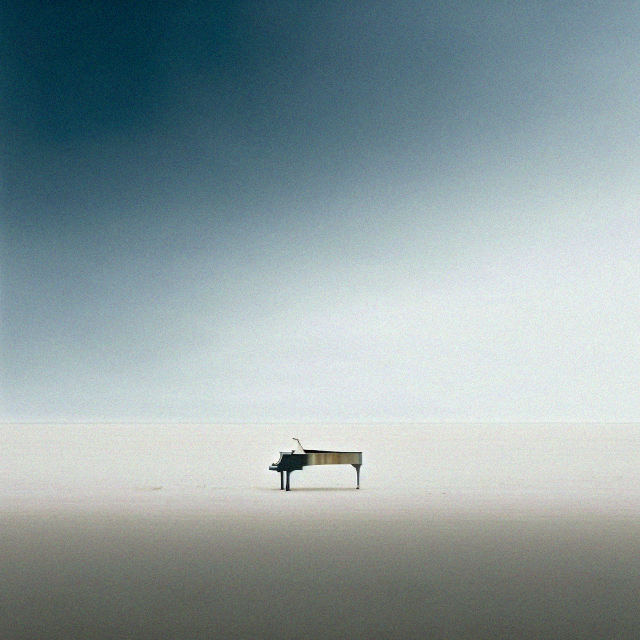Play
Pause
Sorry, no results.
Please try another keyword


I am constantly inspired and amazed by the range of emotions that can be conveyed through the medium of orchestral instruments. My latest piece, entitled “Harmonies Poetiques” captures the various emotional phases I experienced while writing the piece. Initially, I was drawn to my new orchestral template and the opportunity to experiment with it (an orchestral template is a pre-arranged set of virtual instrument tracks designed for creating orchestral music in a digital audio workstation). However, as I delved deeper into the composition, I found myself exploring the full range of emotions that have marked different phases of my life.
The piece starts with a theme that evokes a sense of sadness and nostalgia, but as it progresses, it moves into a phase of exploration and optimism. In this section, I inverted the original theme and played with some counterpoint and repetitions in the inner voices (a common technique that we would find in any era of classical music). I used a combination of string (melody) and brass instruments (accompaniment) in this section.
The Sentence Structure: The structure of the main theme is inspired by The Sentence theme type that we would find in the classical music era. It starts with a basic idea that gets repeated after which a continuation phrase bring the theme to a close. What is not very traditional in the way this sentence work is its harmony. Unlike the sentence in classical music which tends to emphasize tonic harmony, here I took some liberty in that regard. The theme outlines a D major 7th chord and then travels through other chromatic harmonies.
Learn more about the sentence type theme in one of my favorite book about classical form called Analyzing Classical Form by William E. Caplin
A Cinematic Touch: I think the harmony in this piece of music is quite cinematic. I played a lot with chromatic harmony techniques such as common tone progressions, harmony in 3rds (chromatic mediant), augmented chords, mixture, chromatic sequences etc. Those are common compositional techniques that we would find in the romantic era of classical music as well as in film music in the 20th century.
Ressources about the techniques I mentionned above:
– Common Tone Progressions
– Harmony in thirds (chromatic mediant)
– Augmented Chords
Voices in Interaction: The counterpoint is crucial to me in pretty much any piece I write, whether that is a pop song or an orchestral music piece such as this one. It’s important to me to keep track of the voices and how they interact between each other. Hence all the repetition techniques that I mentionned above and the inversion one that we find in the “optimism” section of the piece. All those details help to stay in one language and unify the music.
If you would like to learn more about my counterpoint approach in “Harmonies Poetiques”, do not hesitate to send me an email.
Planning the Soundscape: I think it’s good practice to imagine the whole piece and plan the orchestration before diving into it. This approach was taught to me when I was studying orchestration at Berklee Online. I knew from the beginning I wanted a prominent string section right from the beginning of the piece then progressively transitioned to brass until we reach the climax and that’s when the woodwinds enter to bring a fresh and new color. This was the original plan before I assign any melody to any group of instrument.
If you would like to learn more about the orchestration approach of “Harmonies Poetiques”, do not hesitate to reach out to me.
Overall, the arc of the piece, with its theme traveling through different phases and emotions, reflects my own thought process and the way I like to convey a message or a story through music. I believe that orchestral music has the power to evoke a wide range of emotions in the listener, and I hope that “Harmonies Poetiques” will resonate with those who take the time to listen.